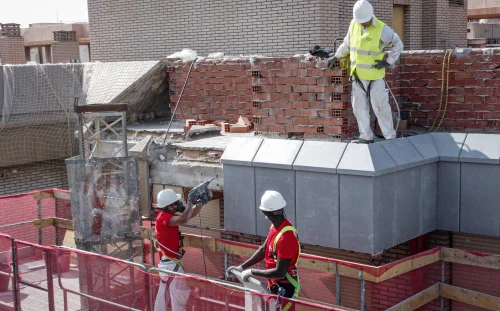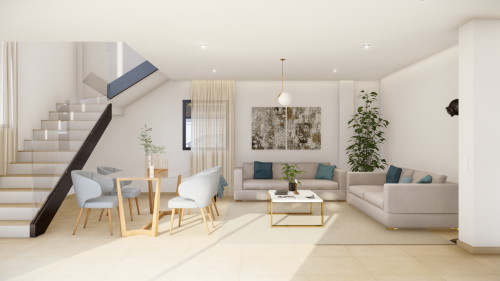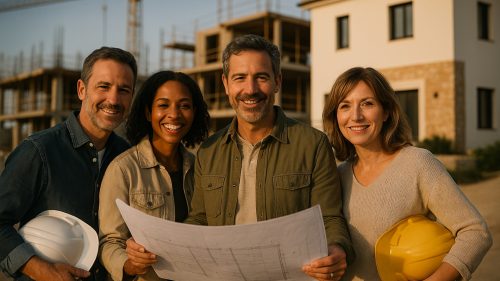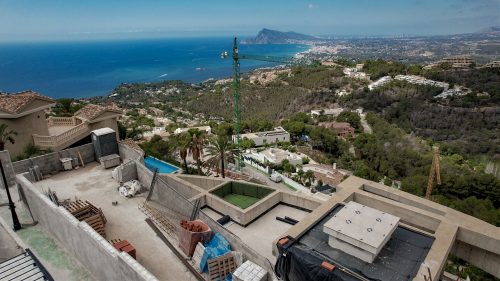Modular and prefabricated construction is revolutionizing how we conceive and execute construction projects. In 2025, this trend not only continues to thrive but also introduces innovations that are transforming the construction sector.
At personalHOME, we explore the key developments and trends setting the tone this year.
1. Sustainability as a Leading Factor.
Sustainability remains a dominant trend in 2025, with the use of recycled and eco-friendly materials, featuring low environmental impact and LEED (Leadership in Energy and Environmental Design) certification.
Additionally, the use of renewable energy sources (solar, geothermal, aerothermal, water reuse, etc.) will continue to be a major trend, both in prefabrication processes and throughout the construction phase.
2. Increased Flexibility and Customization.
Advances are also focused on architectural aspects, with more cutting-edge, attractive designs that blend harmoniously into natural or urban environments.
When creating custom housing projects, progress is being made in the flexibility and personalization of modules to suit the individual needs and preferences of clients.
3. Technological Advances.
Three key technological aspects are shaping the future of modular and prefabricated construction.
The first is BIM (Building Information Modeling), which enables the planning and design of structures with unprecedented precision, further enhanced by the use of industrial 3D printers.
Virtual and augmented reality is the second significant development, allowing for more immersive visualization and design of projects.
Lastly, the Internet of Things (IoT) and smart home technologies continue to improve user experiences while reducing costs for businesses and property owners.
4. Increased Building Heights and Proliferation of Hybrid Construction.
In 2025, multi-story modular buildings will become a reality. High-rise projects for residential complexes, schools, hospitals, public buildings, and more will be feasible.
Additionally, hybrid construction projects will continue to gain traction, combining modular construction with traditional systems to optimize outcomes.
5. Reduction in Costs and Construction Times.
The optimization of manufacturing and assembly processes, along with waste minimization, will continue to reduce project costs and accelerate construction timelines. This remains one of the competitive advantages of this type of construction in 2025, achieving construction time reductions of up to 50%.
6. Enhanced Regulations and Certifications
The growing popularity of modular construction has led to a stronger focus on regulations and certifications. These ensure that projects comply with the safety, sustainability, and quality standards required by governments and international organizations.
In summary, modular and prefabricated construction is emerging as one of the most promising trends in the construction sector. It offers innovative, sustainable, and efficient solutions to meet the demands of an increasingly discerning market. This type of construction boasts competitive advantages, including faster building timelines, reduced environmental impact, superior quality and precision, increased flexibility, and cost savings. At personalHOME, we provide our clients with cutting-edge technology to enhance the construction process and the outcomes of our projects.



